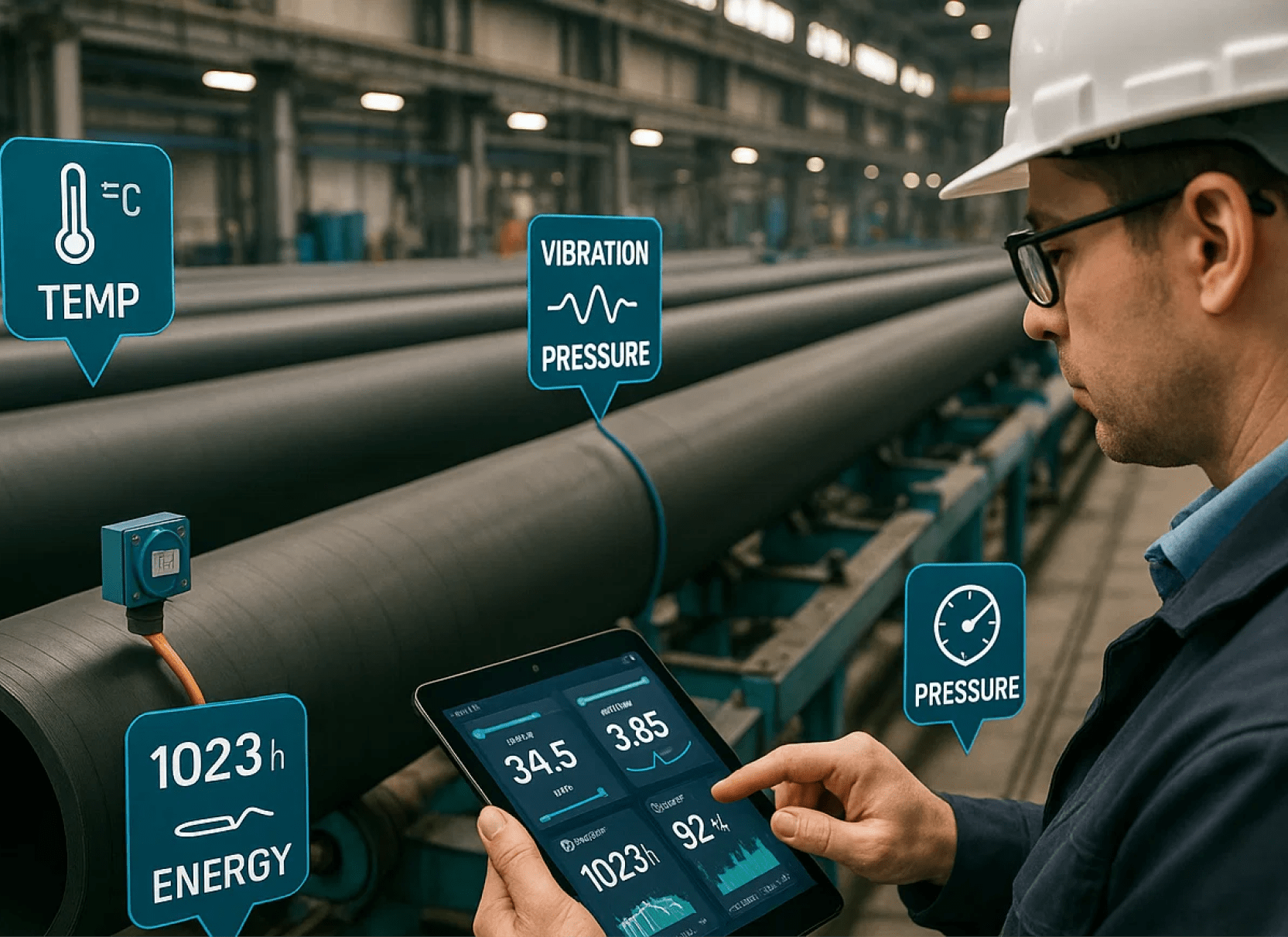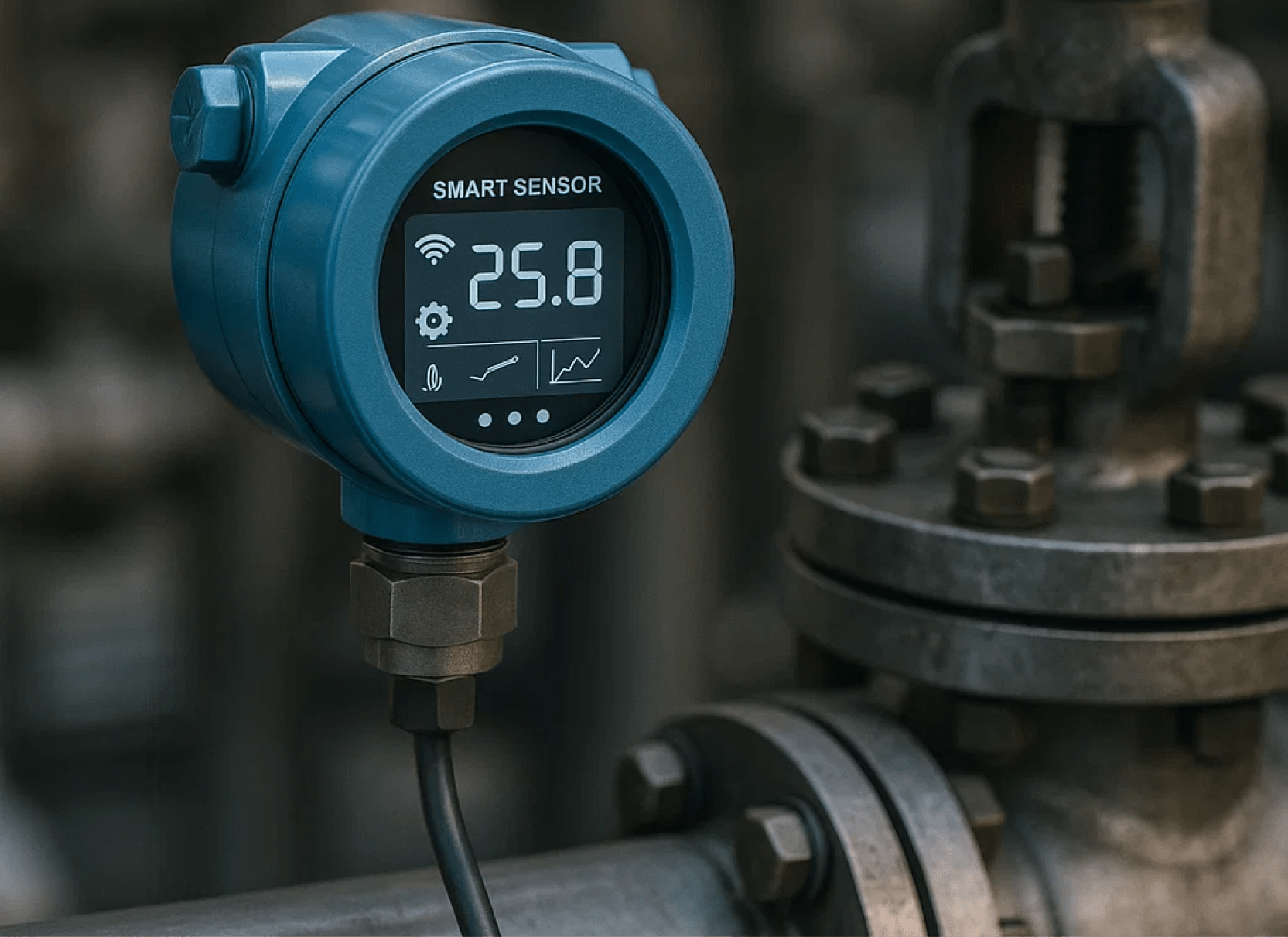
Plastic piping is now an essential part of modern infrastructure, replacing traditional materials such as metals and concrete thanks to its cost-effectiveness, durability, and ease of installation. Over the past few decades, technological innovations, especially in PVC pipe manufacturing – have improved performance, efficiency, and sustainability.
This article explores the key innovations in PVC pipe production, focusing on new formulations, manufacturing processes, sustainability efforts, and the global market outlook.
The Growing Global Plastic Pipe Market
The global plastic pipe market is expanding rapidly, driven by demand for water systems, gas distribution, and urban infrastructure.
- Market Size: Valued at USD 21.4 billion in 2021, projected to grow at 6.6% CAGR (2022–2030).
- Regional Share: Asia-Pacific leads with 40% market share, followed by North America and Europe.
- Growth Drivers: Water and sewage projects, oil & gas pipelines, and urbanization.
Read more about PVC piping applications and why they outperform traditional materials.

Key Innovations in PVC Pipe Manufacturing
1. Development of New PVC Formulations
- Impact-Resistant PVC: Reduces cracking and stress damage.
- Flexible PVC: Ideal for shifting soils and tight spaces; accounts for 12% of the global market.
- UV-Resistant PVC: Expected 8.5% annual growth due to improved durability outdoors.
2. Improvements in Pipe Strength and Flexibility
- High-Density PVC: Suitable for oil & gas pipelines due to higher pressure resistance.
- Longer Lifespan: Modern PVC pipes last 50+ years, double the lifespan of older versions.
3. Better Resistance to Environmental Factors
- Chemical Resistance: Today’s pipes are 30–40% more resilient to industrial chemicals.
- Temperature Resistance: Withstand up to 70°C (158°F), making them ideal for industrial use.
Explore our guide to PVC pipe strength and durability.
Manufacturing Processes in Plastic Pipe Production
- Extrusion (80% of production) – Continuous, efficient, up to 500 meters/hour.
- Injection Molding – Complex fittings and joints; 3,000 units/hour.
- Rotational Molding – Large-diameter pipes for sewage and industrial use.
Technological Advancements in PVC Production
- Smart Sensors & Automation – Boosts efficiency by 20–25%, ensures quality.
- Eco-Friendly Manufacturing – Machines use 30% less energy, with closed-loop recycling systems.
- Recycled PVC – Many producers now use up to 25% recycled materials, supporting a circular economy.
- 3D Printing – Enables rapid prototyping and custom pipe designs.
The Future of PVC in the Pipeline Industry
Emerging Trends
- Smart Pipes: Built-in sensors to track pressure, flow, and integrity.
- Biodegradable PVC: In development to address end-of-life waste issues.
Sustainability Goals
- PVC recycling rate projected to hit 40% by 2030.
- Carbon emissions expected to decrease by 15% through energy-efficient processes.
Role of Leading Manufacturers
Companies like IPEX, Vinidex, and Rehau are driving innovation with sustainable practices, advanced automation, and expanding global capacity.
Sustainability and Environmental Impact
- Energy-Efficient Production: 20–25% less energy consumption.
- Circular Economy Initiatives: Some manufacturers now use 50% recycled materials.
Conclusion
The PVC pipe industry is evolving rapidly, with innovations in formulations, joint systems, automation, and recycling setting new benchmarks. These advancements promise stronger, longer-lasting, and more sustainable solutions for global infrastructure needs.
With rising demand and stricter environmental regulations, PVC remains a cornerstone material for the next generation of pipeline projects, combining durability, cost-efficiency, and eco-friendly innovation.
Looking for high-quality, sustainable PVC piping solutions? Contact us today to learn how our products can support your next project.
Explore our related insights:
HDPE in Construction,
Urban Infrastructure Trends.
For broader standards and guidance, visit:
European Polymer Standards.


